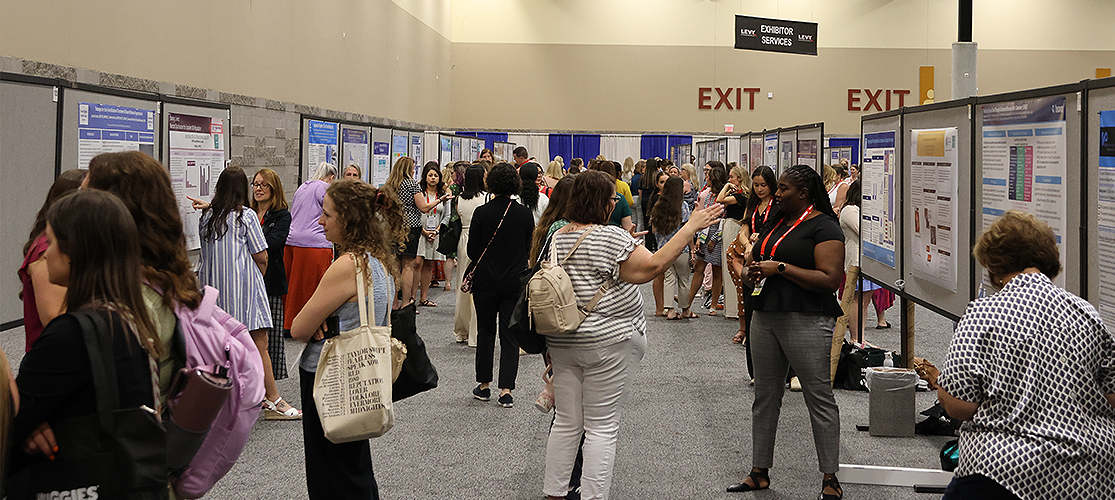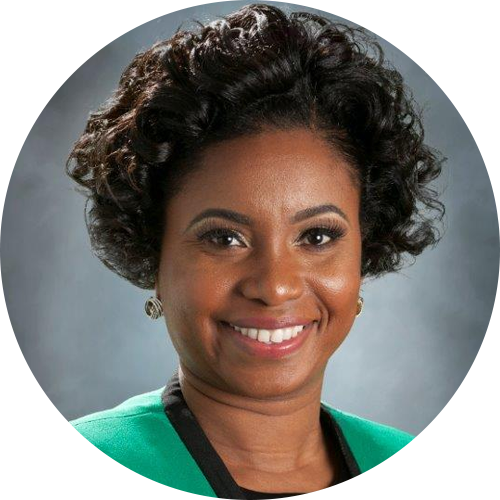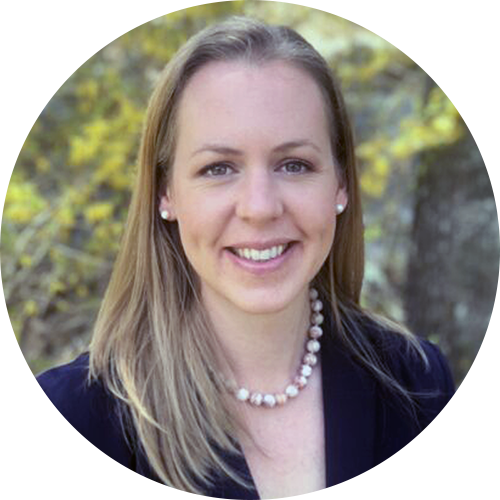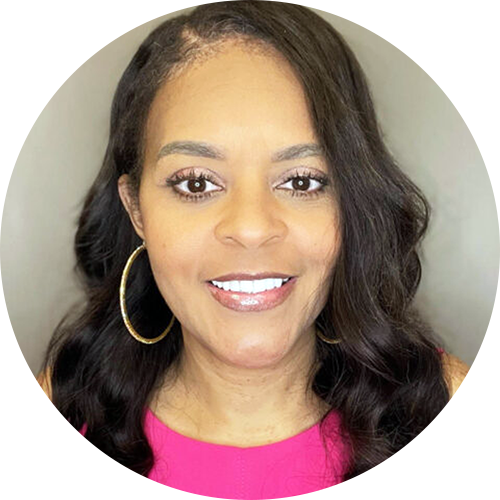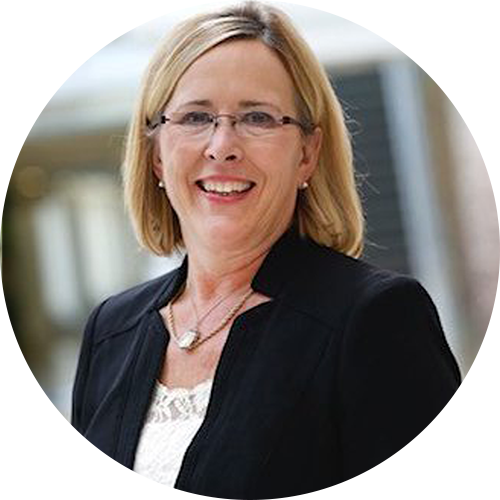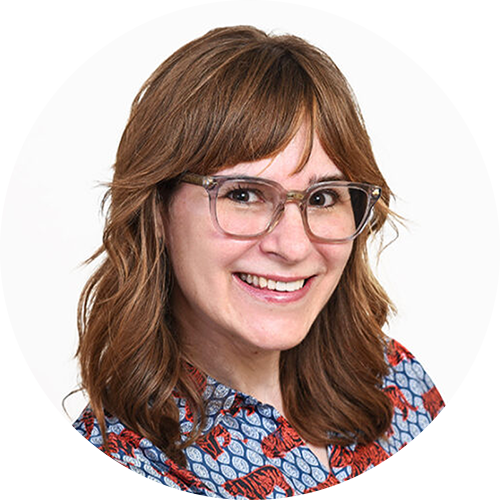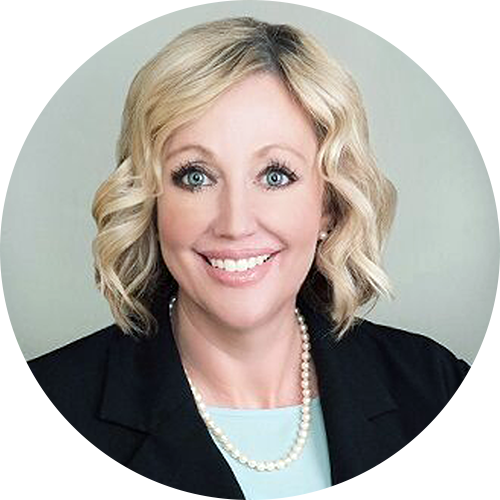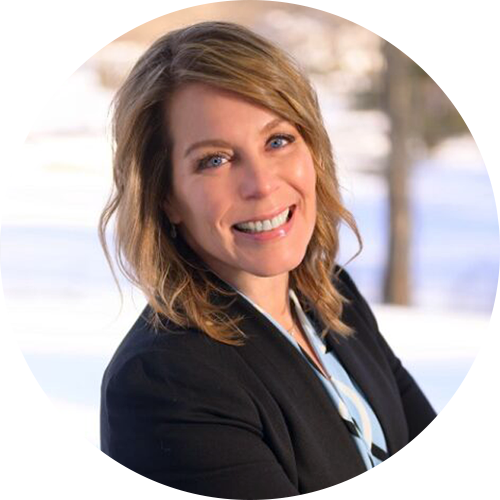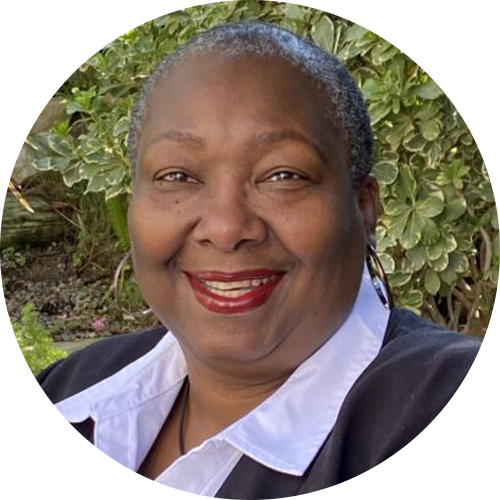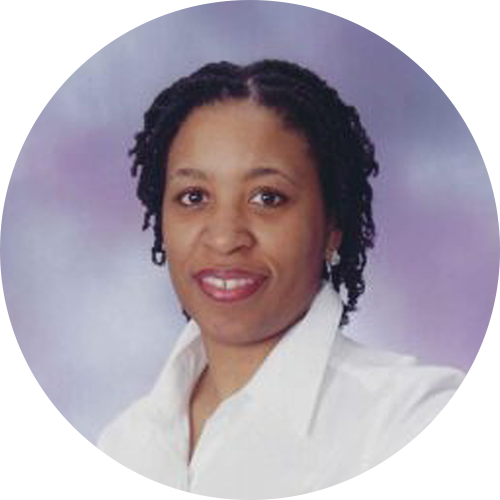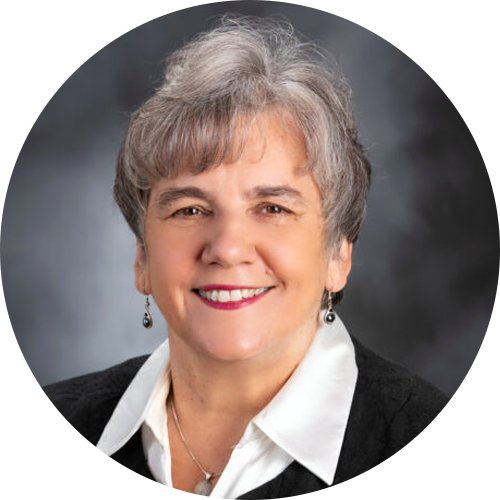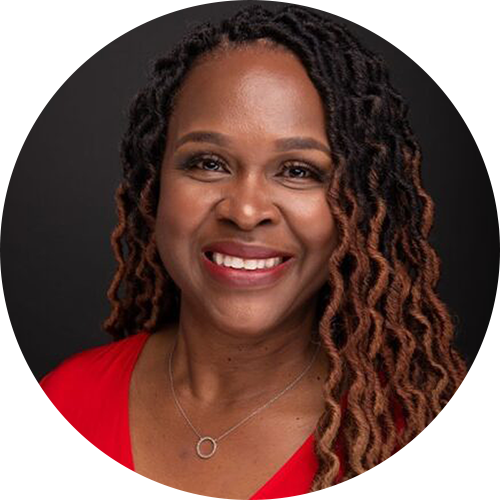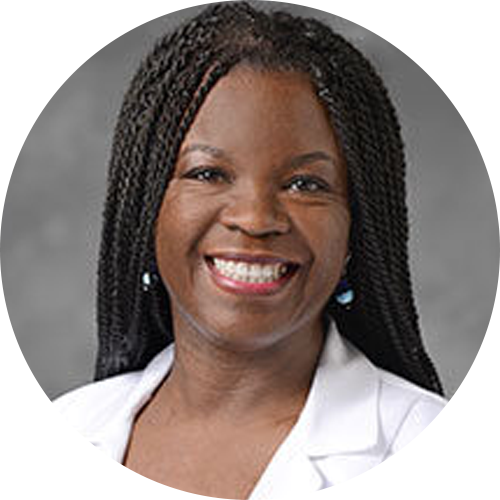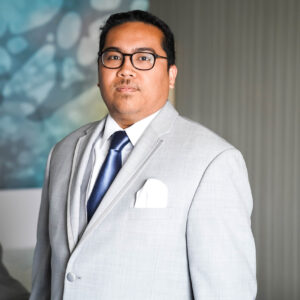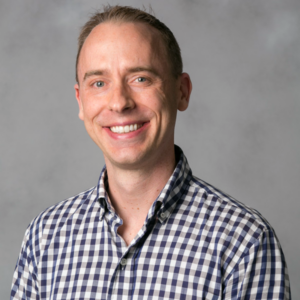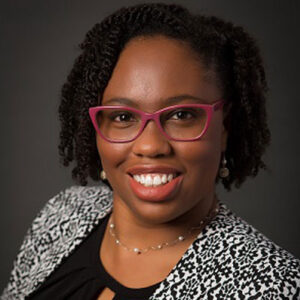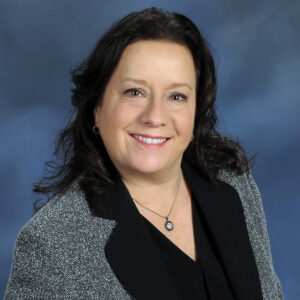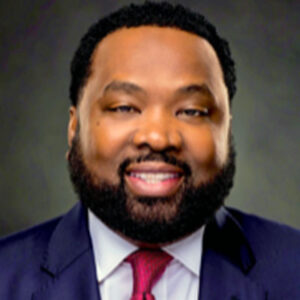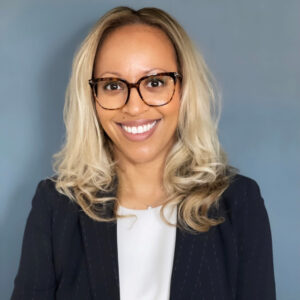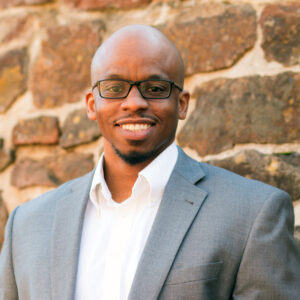Janice Semler, MS, RNC
Jan Semler estimates that she’s attended more than 6,000 births over the course of her nursing career. “There’s nothing quite like helping a woman through labor. And when a woman says, ‘I’ll never forget you’, it’s an incredible honor,” said Jan.
“I always knew I wanted to be a nurse. I grew up on a farm in Southwest Ohio, one of five children and the oldest daughter. Once, I helped my dad with a cow in labor – the calf was breech. I think that inspired me to do this work,” she said. “In 1972, I was working the evening shift on the pediatric unit at Miami Valley Hospital. When an opening was available, I jumped at the chance to work in labor and delivery. The nurses that I had as mentors were wonderful. They taught me so much. I received my diploma in nursing from Miami Valley and worked in L/D for four years when a friend suggested that I join NAACOG (what is now AWHONN). To become a member, you needed two letters of recommendation from physicians. They said it was a quality organization, that I’d enjoy it and it would help me keep up on current practice and research in the area of obstetrics,” Jan said, who joined in 1976. “As I learned more about the organization, I became more involved and attended my first meeting of the Ohio Section in 1978 in Akron. Soon I became chapter coordinator for the Dayton area and later served as Ohio Section Chair. I attended my first National Meeting in 1979, she said, adding, “And I haven’t missed a national meeting since!”
Jan obtained her certification in In-Patient Obstetrics through the National Certification Corporation in 1982, and in 1987, became an L/D educator after obtaining her Bachelor’s degree in nursing from Wright State University. “Then I thought ‘ I might as well keep going’ so I went to Ohio State University, attending classes one day a week while I worked full-time as an L/D manager until completing my Masters’ degree. After five years in that capacity, I became the manager of the OB/NICU case management department and it was during this time that I was approached to run for District office. I became Chair of District V which served Ohio, Indiana, Michigan, Kentucky and Ontario. This afforded me the opportunity to serve on the National Board of AWHONN. Early in my membership of NAACOG, I remember looking at the women who served on the Board and thinking ‘wow’. And then, I began to think ‘wouldn’t it be great if it were me’,” she said. “Then I was approached to run for president.”
“I never dreamed that one day it would be me standing in front of 2000 people at the AWHONN national meeting,” Jan continued. “Without a doubt, being president of AWHONN has been the highlight of my nursing career. The goals during my term in 2000 were to fundraise, increase membership and make AWHONN the premier organization for Women’s Health, Obstetric and Neonatal Nurses. We knew we were the experts but we had to get the word out, be visible on the Hill and with legislators, and be proactive with guidelines and statements. Our hospital was one of the first to use fetal heart monitors and now I know what all that means. I think AWHONN’s biggest advancement is in the public arena and on the Hill,” she said.
“Obstetrics is so different now from the way it was in 1972. There is a much steeper learning curve for both nurses and physicians to go through now. There is so much more to know. I hope the new nurses enjoy working in L/D as much as I have over the years. I always tried to make each birth a special experience and treat every patient/family in a way that they knew they mattered. We have an obligation to share those experiences, the knowledge and the joy with the new nurses,” Jan said.
Jan acknowledged that some situations in L/D nursing are far less than positive, describing a patient who had not felt her baby move. “I stayed with her,” Jan said. “It was the resident’s first stillborn birth and he appreciated my being there with her. What struck me most was when she said, ‘You stayed with me the whole time.’ Those experiences inspired me to help start a perinatal loss program. I attended a two day course in New Orleans prior to the annual convention and learned how to set up a program. Now the hospital has a dedicated room and special services for the mother and family,” she said.
“All situations can be energizing and memorable in the end. It’s what we do.” Jan added, “It isn’t something you learn in a few weeks. It takes at least a year or more to be comfortable as an L/D nurse. You get to the point where you can recognize what stage of labor a woman is in.”
Jan retired in 2014 and still lives in Ohio with her husband of 42 years, Steve, a retired systems engineer. She proudly speaks of her nine nieces and nephews and 14 grandnieces and grandnephews. Two nieces have become nurses and one of them, an obstetric nurse educator. Jan remains active with AWHONN, attending the Annual Convention and serving on the Development Committee. “It’s exciting to see all the work that we’re doing with Every Woman, Every Baby (AWHONN’s charitable giving program). I’ve used AWHONN resources throughout my nursing career. That’s one reason I believe it is important to give back to the organization. It has given me so much and afforded me so many opportunities as a member,” Jan said. “We’ve come a long way in all areas of women’s health and especially in neonatal care. We must continue to be the premier organization for all of women’s health. We need to be able to fund more research,” she added.
“I wish that every nurse in women’s health, obstetric, neonatal and geriatric women’s care would become a member of AWHONN. If they could see all that the organization can give them, they would soon realize how important the organization is to the nursing profession. Every nurse should attend the annual meeting at least once in their careers to see the support they are getting from their professional organization and to make those lasting friendships,” Jan said. “To think that I’ve been a part of it, all these years, it’s been an incredible journey.”

